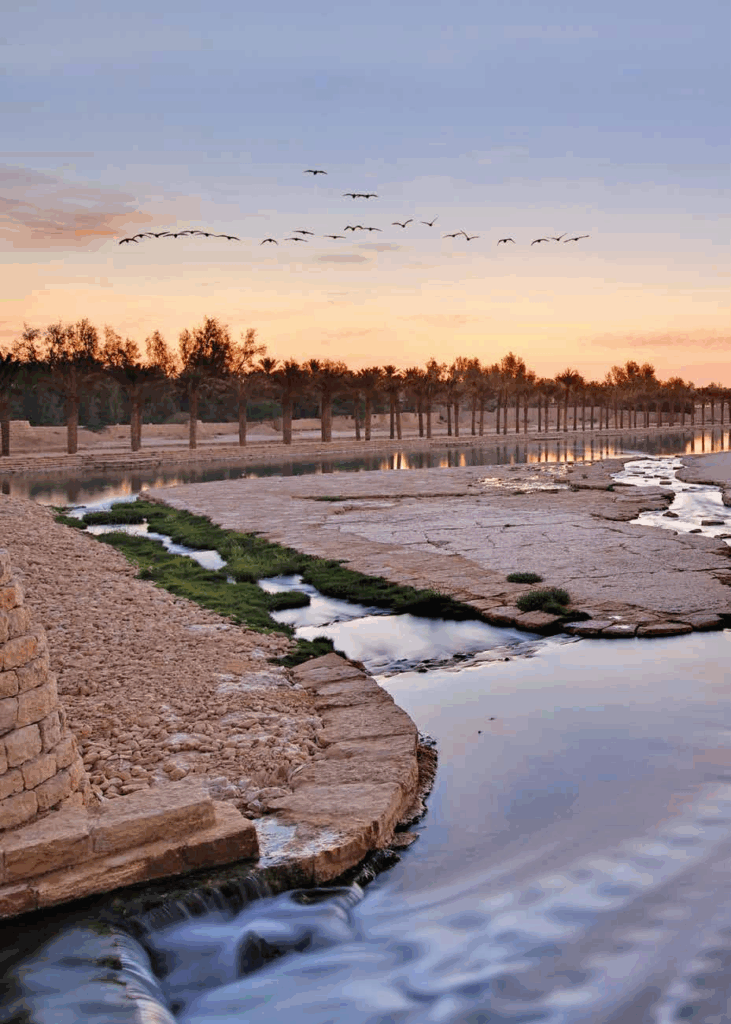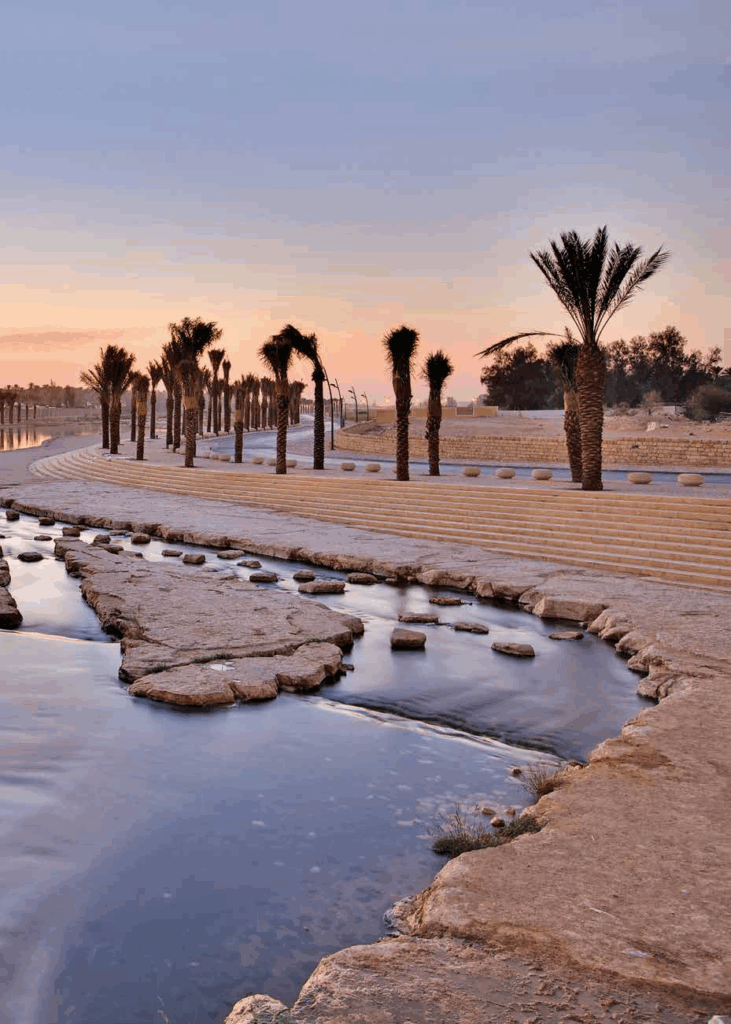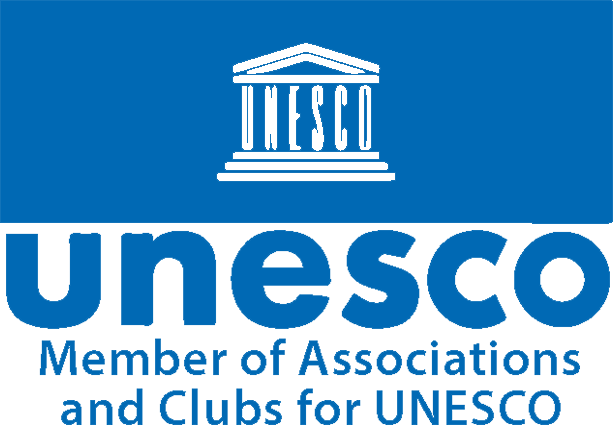Credits to: Michele Lamprakos
More than 200 years have passed since French savants documented the ancient and medieval monuments of Cairo, and more than a century since European conservation practices were introduced throughout the Middle East/ North Africa region, under formal or informal colonial rule. Initially, the focus was on individual buildings: mosques, schools, fountains, and other structures that made up the fabric of everyday life were reconceived as “monuments.” Around the turn of the century, the object of conservation broadened, to include wider urban areas. In both Europe and its colonies, conservation provided the counternarrative to modernization: from Haussmann’s évent rement of Paris in the mid-19th century to modernist plans for Arab medinas in the 20th, invasive strategies provoked a reaction that would ultimately lead to the notion of an “historic” city distinct from the modern, and worthy of protection. Today, the old cores of many European and American cities have been gentrified, excluding lower and middle income populations. In contrast, the medinas of the Middle East and North Africa continue to be the province of the poor- despite efforts in some places to “clean them up” for tourists. What relevance does heritage have for residents of these old cities – many of whom, as recent migrants, may have little attachment to them? Do the countless projects conducted by the World Bank, UNDP-UNESCO, and other organizations under the rubric of “conservation-in development” bring any benefits to those who live in the historic centers – beyond the promise of tourist dollars? Once the heart of vibrant urban cultures, these old districts were neglected by colonizers and abandoned by modernizing elites in the 19th and 20th centuries. This marginalization has continued: today “historic areas” are no more than tiny islands in sprawling mega-cities. Given the many pressing problems of cities, heritage usually ends up low on the priority list – except when funding is offered by international donors. When donor interest and funding dry up, the projects often end.
At the same time, our focus on historic cities has blinded us to the countless villages and rural landscapes that are depopulated or abandoned – the flip side of rampant urbanization. Are these not also “heritage” What does heritage mean to the youth of the Arab world? Critics have portrayed heritage as a tool of the state, a guarantor of national identity – and hence, of the status Michele Lamprakos holds a joint appointment in the Architecture and Historic Preservation Programs. Trained as an architect and an historian, she is interested in the historical layers of buildings and cities. Her geographical focus is the Middle East and the Mediterranean world. Professor Lamprakos began her career as a development worker in Egypt, where she managed a project to revive the cottage silk industry in the Nile Delta. Through this work she developed a deep interest in material culture and the role it can play in transforming people’s lives. This led her to the study of architecture and later, architectural history and historic preservation.33A second project, the restoration of the Wadi Hanifa wetlands in Saudi Arabia, is being cited as a model for sustainable development in the region.2 This 120 kilometer watershed had historically provided sustenance for Riyadh and other communities along its banks. But with the rapid growth of the capital in the 1970’s, the wadi fell into neglect – its ecosystem virtually destroyed by over-exploitation, waste-water, dumping, and encroaching development. The Arriyadh Development authority, working with architects Buro Happold and landscape architects Moriyama & Teshima, developed a project to rehabilitate the wadi. Over a period of ten years, the project has transformed the wadi into a verdant green space and public park – a rare phenomenon in this part of the world (figure 2).Fig 1. Conservation of Darb al-Ahmar, Cairoquo and stability. What will heritage become, in an era of revolution? We will not find an answer in the rather worn opposition of “cultural identity” and “globalization” – since the young protestors of the Arab world have forged their identity on a global stage.
Given these conditions – poverty, marginalization, revolution – what does “heritage” mean today? And what relevance can it have for the future?
There seem to be two major trends. The first continues the curatorial approach of 19th century conservation that focuses on the careful restoration of monuments, and façade and streetscape improvements. The problem is that these restored, often sanitized, places do not have the same impact as their counterparts in Europe and the US. They generally fail to attract local elites, and they offer little to poor residents. Indeed, they often alienate the poor – imposing unfamiliar norms, and disregarding local life and livelihood. In the end, the focus is tourism – a precarious wager in times of political and economic instability. A second trend is less common, but more hopeful. This approach sees historic areas in a holistic way – not only as physical fabric, but as living environments. Here, the curatorial approach is checked by the need to revitalize: to upgrade infrastructure and housing, sustain local economies, and build on local resources and skills. This approach is not new, but it seems to have fallen out of favor in the 1980’s – particularly in World Heritage Cities, which proliferated at that time and where the curatorial approach tended to rule.
Over the course of the last decade, a number of projects have attempted to revive an integrated approach to historic cities. Like their predecessors, they have upgraded physical infrastructure and restored select monuments.
But their aims are wider ranging, and their strategies more diverse. The conservation of Darb al-Ahmar in Cairo was part of a larger, ambitious project undertaken by the Aga Khan Trust for Culture and other agencies and local partners.1 The most visible result of the project was the creation of a park on the landfill outside the 12th century Ayyubid Wall – intended as an amenity for the adjacent neighborhood and the wider city. The project included the restoration of the wall and the rehabilitation of the neighborhood: it restored several important monuments, improved streets and public space, and supported the community through various services and programs.
A remarkable aspect of the project is the treatment of the Ayyubid Wall itself.
For centuries, houses have been built adjacent to, and on top of the wall, using it as a kind of armature. An Egyptian antiquities law required that these houses be removed, and that a non ædificandi zone be created on each side of the wall. But project managers argued that the houses were part of the historic context of the wall: it was essential to keep them in place, in order to keep the community intact. Their view prevailed, and the houses were rehabilitated one by one – moving “wet zones” like kitchens and bathrooms away from the wall, so as to minimize damage to the stonework. As a result, the wall has become a kind of living monument (figure 1).

A second project, the restoration of the Wadi Hanifa wetlands in Saudi Arabia, is being cited as a model for sustainable development in the region.2 This 120 kilometer watershed had historically provided sustenance for Riyadh and other communities along its banks. But with the rapid growth of the capital in the 1970’s, the wadi fell into neglect – its ecosystem virtually destroyed by over-exploitation,wastewater, dumping, and encroaching development. The Arriyadh Development authority, working with architects Buro Happold and landscape architects Moriyama & Teshima, developed a project to rehabilitate the wadi. Over a period of ten years, the project has transformed the wadi into a verdant green space and public park – a rare phenomenon in this part of the world (figure 2).


Dams have been built, the landscape has been restored, and archeological sites along the banks have been conserved and interpreted. Most impressive, perhaps, is the innovative bio-remediation facility: designed of natural materials and sensitively integrated into the landscape, it captures and cleans urban wastewater, harnessing it to produce aquatic plants and fish that further purify the water. This is an act of both environmental and historical restoration – reconnecting the city of Riyadh to the resource that gave it life.
A third project, the conservation of the old town of Shibam in the Hadhramaut region of Yemen, is one of the few projects to address a persistent problem in conservation: how does one conserve an entire historic town?3 Treating conservation as an elite activity – requiring outside experts and prohibitive costs – seems particularly unsuited to the Hadhramaut, where mud building continues to thrive and evolve.
Sponsored by GTZ 4, government and quasi-governmental partners, the Shibam project started a dialogue with local builders, craftsmen, residents, and officials to develop a strategy for conserving the town and to build a consensusregarding conservation standards, based on traditional practice. The program that emerged was multi-faceted: it provided subsidized micro-loans to both owners and tenants and built on local expertise, by working through existing apprenticeship networks.
In effect, the project normalized conservation – recasting it in the familiar terms of maintenance and urban management. At the same time, it recognized local expertise and skills as “heritage” (figure 3). Unlike the old notion of patrimoine – the cultural property of state actors, managed under curatorial protocols – these projects attempt to define heritage relative to the values, aspirations, and resources of particular communities. In contrast to expert plans based on international standards and “best practices,” this approach requires a deep understanding of local contexts, cultures, and languages. It requires an interdisciplinary team, working closely with local groups and institutions; it is inclusive, incremental, politicized – and as a result, it’s inherently messy. But these qualities, in the long run, may achieve results that are truly sustainable. And such results will, perhaps, make heritage matter.

Published in 2A Magazine# 26, Winter 2014

